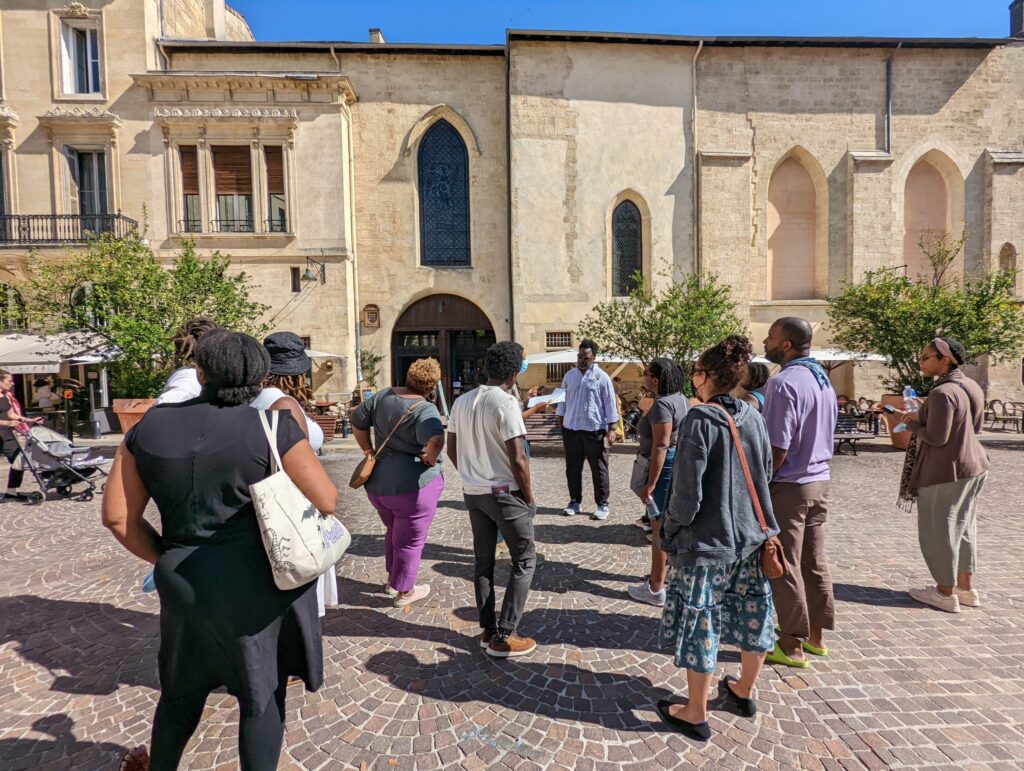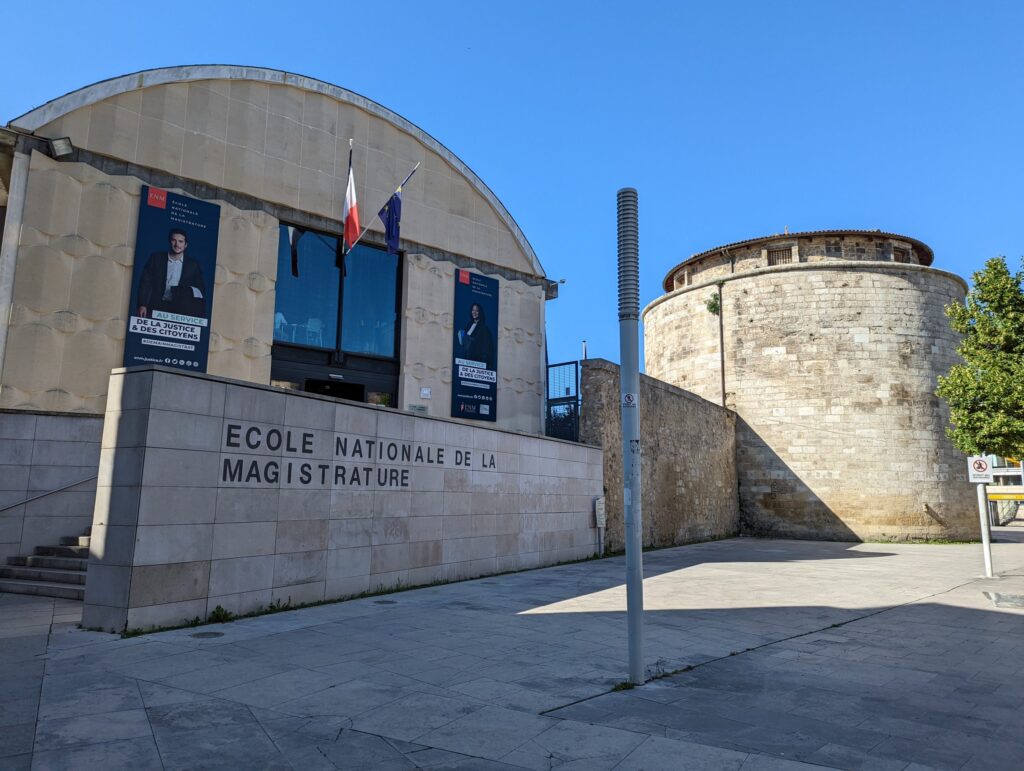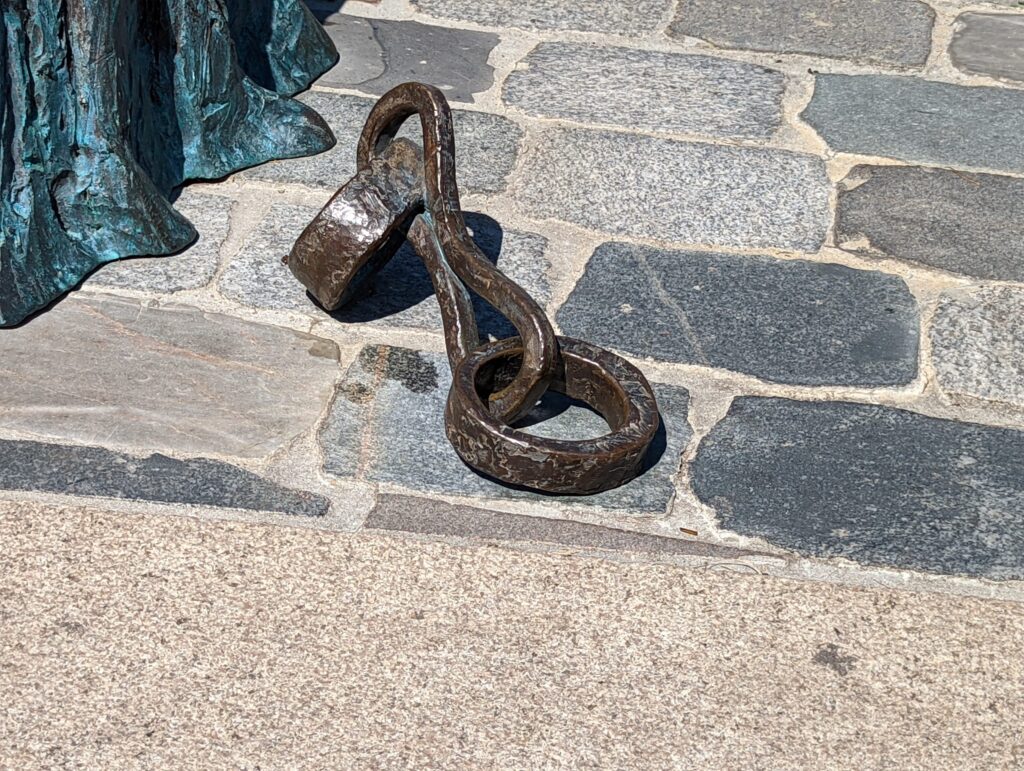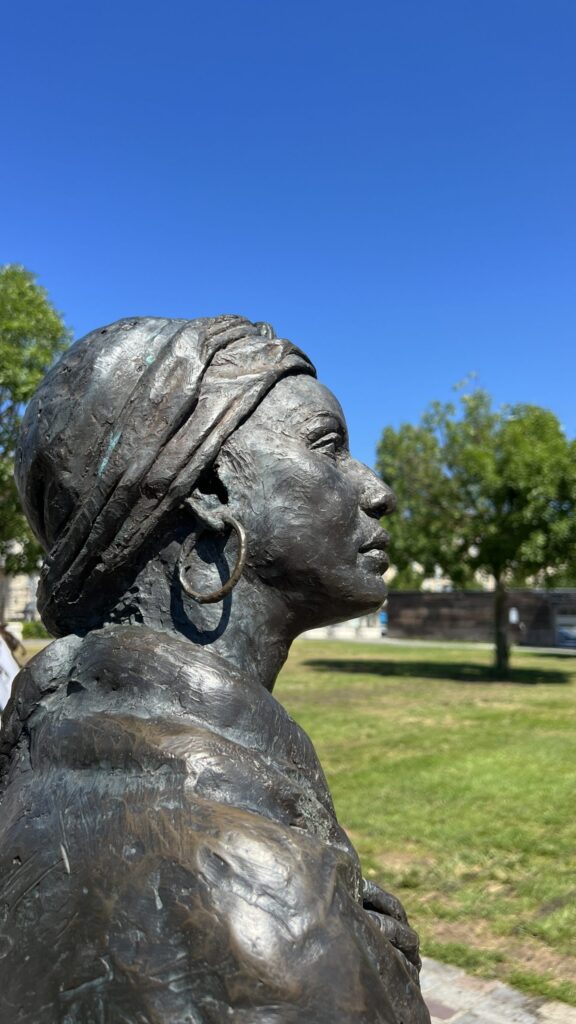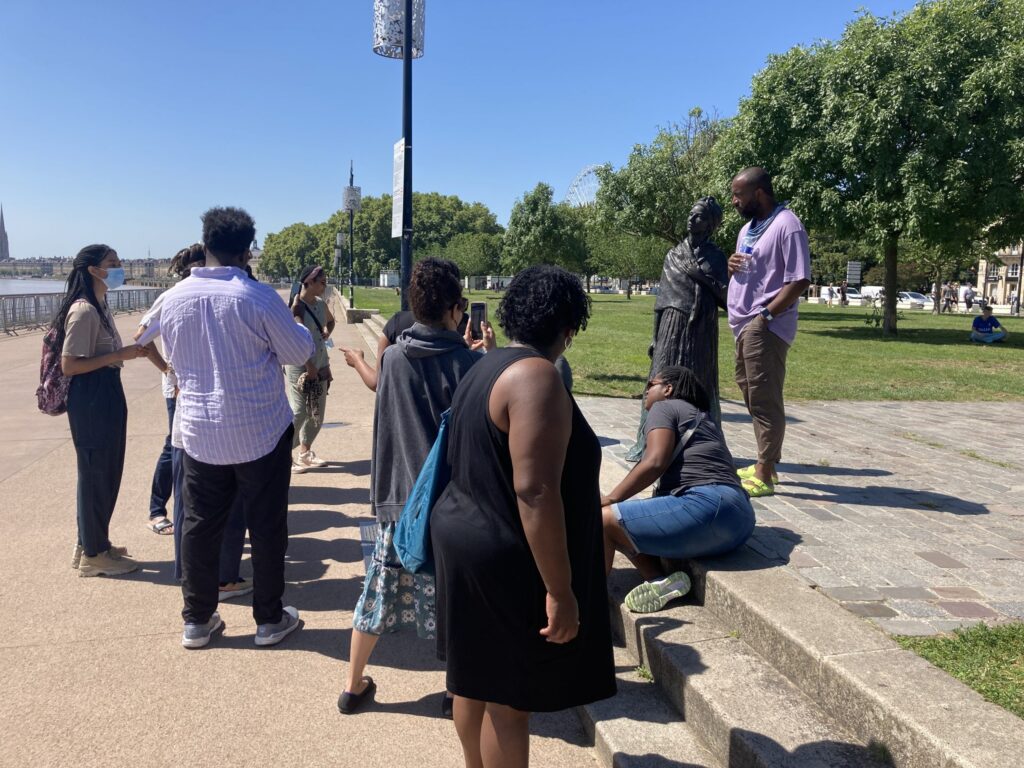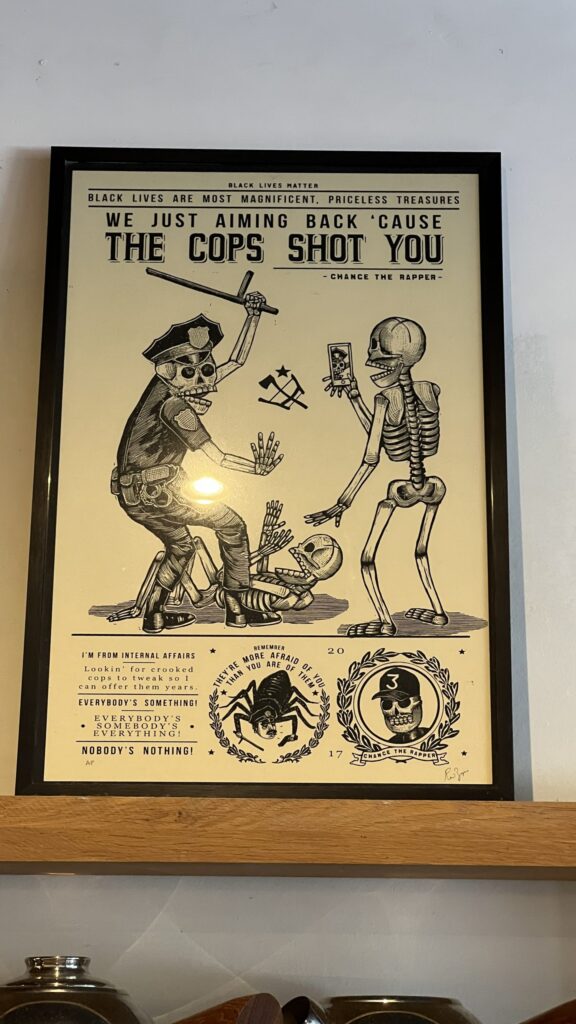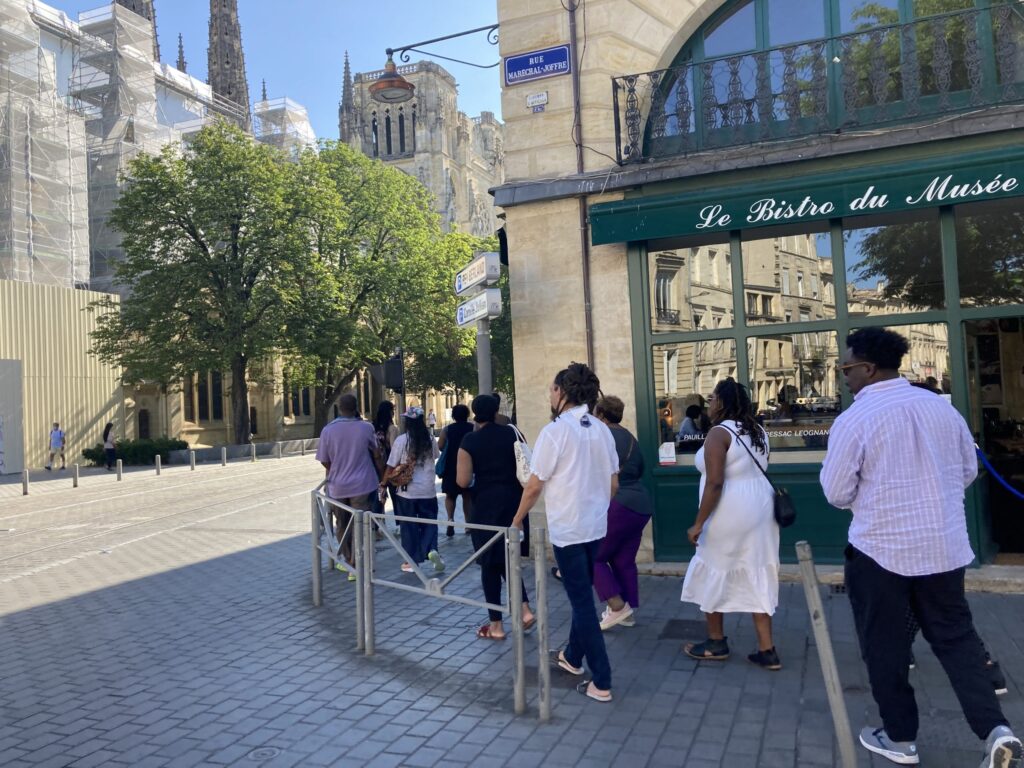Al Pouessi and The Woman in Stone:
Slave Trade Tour
Today, we were given a walking tour of downtown Bordeaux. In one respect, we were a group like many others of tourists throughout the city. In another, I presume that we were different. While other groups were likely there to view Bordeaux’s wineries, museums, cathedrals, theaters, boutiques, and truly extraordinary architecture, there was a different intention in the sites that we had singled out to view that day: each one offered a depiction of the port city’s historical relationship to the Atlantic slave trade.
An estimated 150,000 African men, women and children were shipped as human cargo across the Atlantic by Bordeaux ship owners, merchants and profiteers between the 17th and 19th centuries.
The city’s wealth is indelibly rooted in the slave trade, and yet according to our tour guide– a Black law student with French and Cameroonian ancestry– slavery, racial discrimination, or even race itself is not a subject that many French people (particularly the white ones) deem fit for discourse, or remembrance. “We are all French, no?” is how she summarizes the general attitude towards these subjects in a country that she also describes is rapidly growing in conservative and far-right political capital and influence…
Of all the sites we visited on today’s tour, there were two final ones that left the strongest impression upon me personally. The first was a metal statue near the Place des Quinconces, directly on the waterfront of the Garonne River; a statue of a woman. She is of slight build and wearing a simple dress, a shawl draped around her shoulders, hoop earrings, and a knotted head wrap. She stands with her hand resting over her heart, her eyes looking out in front of her across the Garonne.
Al Pouessi was captured with her mother as a teenager in Ethiopia between 1778 and 1781 by French slave traders while making a pilgrimage. Sold into slavery, she was purchased by Pierre and François Testas; two white French brothers who owned a sugar refinery and houses in Saint- Domingue and had accompanying business interests in Bordeaux. Al Pouessi was later baptized and christened as Marthé Adélaïde Modeste Testas. She was put to work on the Testas’ Saint- Domingue plantation, where François Testas took her as his slave mistress. She would go on to bear him children; indeed, one of her grandchildren, François Denys Legitime, would go on to become a president of the Republic of Haiti. Al Pouessi would live to be 105 years old, liberated and possessing some 51 squares of land in accordance with François Testas’ final will. Of all the sites that we visited, she alone possessed a plaque in acknowledgment of her history, and thus, of France’s history of involvement in the slave trade that altered her life forever. In addition to the plaque, there was also a set of metal chains at her feet as if to reaffirm this fact. Yet we were informed by our guide that this statue, although a site of visitation by tourists in Bordeaux, is seldom treated with the reverence that it is due. Instead, Al Pouessi’s statue is often posed with comically in pictures as if she were a figure of ridicule rather than a solemn memorial. I have little surprise, but also no words for this.
Unlike all of the others, the last subject of my reflections from our tour has no official name.
It can only be described as what our tour guide calls a mascaron. The mascaron we stopped to see is a stone figure intricately carved into a building at the Place de la Bourse, a large architectural showpiece of a square in Bordeaux that also overlooks the River Garonne. The Place de la Bourse once housed the customs centre of Bordeaux where slave ships frequently put in and out of port. Our tour guide explained that mascarons were a frequent fixture in the architecture of 18th century Bordeaux buildings. They would be carved above the doors and windows of wealthy merchants and aristocrats’ houses for bystanders to see and recognize as signifying markers and emblems of wealth; wealth directly produced from the slave trade.
One of the mascarons we saw at the Place de la Bourse was the face of a woman; her features are striking. The full lips, wide nostrils and head scarf all distinguish her as African. The Woman in Stone looks off to her left in the distance. I am undecided as to the emotional disposition of her gaze. When standing at one angle, it appears blank and empty; betraying nothing. When standing at another, she looks warily observant; knowing but never telling.
My research centers the lives of enslaved women in the eighteenth century. It is thus of little surprise to me that even after we have moved on in our tour, I find my mind returning to Al Pouessi and the Woman in Stone façade again and again throughout the rest of the trip; especially the Woman in Stone. I pull up the picture I took of her when I look down at my phone to check the time, when I am returning a text message, even a few times at night before I go to sleep. I look at her, and I am arrested. I am saddened. I am livid. Whatever it makes me feel in the moment, I cannot stop going back to look at it.
Who was she? Where did she come from before she was enslaved? What was her name? When and how did she pose for the carving of the mascaron? I don’t know. I yearn to know. I will never know.
The Woman in Stone has no name. She doesn’t even have a body. Like her body, her name, and her freedom, her beautiful and majestic likeness has been stolen from her. It was not only captured, it was frozen in time into a stone façade. Whoever she once was, she is now an anonymous stone effigy of human greed, contempt, and atrocity. I don’t know how to reconcile myself to the cruel and ironic disconnect between the fact that unlike thousands of her enslaved counterparts, she and Al Pouessi have some archival footprint in this city, and that yet every day in this city, hundreds of people pass them by, seeing their faces, but not seeing them. They are grim markers of a national past that desperately needs acknowledgment, amplification, and re- memory.
The work of Mémoires & Partages is essential in that it emphasizes that historical markers of Bordeaux’s slavery past are not missing. They have not been wiped out. Many are there, scattered throughout the city and accessible for those who are willing to see and acknowledge them for what they are. The work of Mémoires & Partages like the tour we received today are essential works of excavation and reckoning with the past. They perform resurrections of the named and unnamed dead. They construct mobile, solemn memorials to women like Al Pouessi and The Woman in Stone that pierce the void of a nation’s willful legacy of neglect and silence. I leave Bordeaux humbled and reverently grateful to have been able to see, acknowledge, and remember them in this way.
